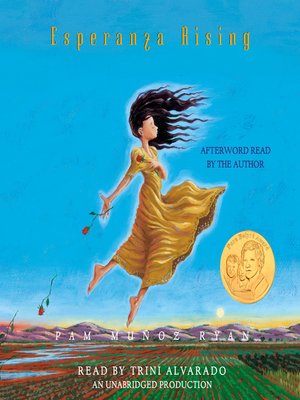9/15/2014
Building Literacy Foundation:
In chapter 3, we learn about the benefits of pretend reading and how memorization is sometimes a good thing. It also dug deeper into the concepts of forming a foundation for literacy.
What I really found interesting was the activities that educators can create to promote a foundation for learning.
Reading to Children:
Reading to children creates a relaxed and soothing environment. When I was in elementary school, after lunch we would all sit in a circle on a rug and listen to my teacher read
The Watsons Go to Birmingham or a Judy Blume book. I believe that the excitement over a story draws on a child's independence thus, having them reciprocate their teacher.
Independent Reading Time:
Independent reading time can be considered as a form of positive reinforcement. For example, when I was little, if I finished my test or in-class work early I got to read for the rest of the designated time. It gives students a chance to practice reading, build independence, and have a some self confidence aka being proud of their hard work.
Supporting and Encouraging Writing:
What I learned at A.L. Lotts was that students hate writing almost as much as they hate reading. To change all of that, I believe teachers need to create a more relatable and creative prompt or project. A student has the opportunity to express their imagination and also practice on correct spelling/grammar. Two birds, one stone.
Jones Family Culture:
In this article, researchers observed The Jones Family. The purpose, as stated in the introduction, was to see how families value literacy and what legacies families hold with literacy,
What I found interesting was that The Jones did not have nuclear family roles. Kiki's aunt and grandmother had just as much to teach her as her own mother would. According to Gadsen "Extendedness is important in African American Families".
Intergenerationality shows how the importance and use of literacy differs in each generation. Writing letters, nowadays, is almost obsolete because of technology. Recipes once told orally are now written down and stored in a computer.
Students can learn from Intergenerationality through the means of reading books that focus on a different culture. By furthering discussion on the differences and similarities in culture and literacy use, students can analyze the reasons why literacy is so important.
Upon further thinking...
I wanted to find books, besides
The Patchwork Quilt, that would offer cultural enrichment and excitement in the classroom.
#1. Chicken Sunday by Patricia Polacco

"After being initiated into a neighbor's family in a solemn backyard
ceremony, a young Russian-American girl and her African-American
"brothers" determine to buy their "gramma" Eula a beautiful Easter hat.
But their good intentions are misunderstood, until they discover just
the right way to pay for the hat that Eula has her eye on."
--> This book deals with cultural diversity in
community as well as
family.
#2 Esperenza Rising By Pam Munoz Riyan

"Esperanza thought she'd always live with her family on their ranch in
Mexico--she'd always have fancy dresses, a beautiful home, and servants.
But a sudden tragedy forces Esperanza and Mama to flee to California
during the Great Depression, and to settle in a camp for Mexican farm
workers. Esperanza isn't ready for the hard labor, financial struggles,
or lack of acceptance she now faces. When their new life is threatened,
Esperanza must find a way to rise above her difficult
circumstances--Mama's life, and her own, depend on it."
--> I have a feeling the girls in the classroom will like this more than the guys. But it's a good story about the cultural and socioeconomic changes during the Great Depression and how this event wasn't restricted to just America.
#3. Molly's Pilgrim By Barbara Cohen

"Molly and her parents are a Jewish family who have emigrated from
Russia to the United States to escape religious persecution. Molly is
the only Jewish child in third grade.
When Thanksgiving arrives, the teacher assigns a project to make a
Pilgrim doll. Molly is embarrassed by her mother's attempts to help with
her Thanksgiving project. She makes a pilgrim doll — but dresses it in
Russian clothing. Soon, however, Molly learns that it takes all kinds of
"pilgrims" to make a Thanksgiving."
--> Perfect around October/November. This book is more for the upper elementary levels (3rd-5th grade). This is a good book about community acceptance and unity. I also get a sense of anti-bullying.
You can find more culture diverse books here: http://www.scholastic.com/teachers/lesson-plan/books-teaching-about-cultural-diversity

























